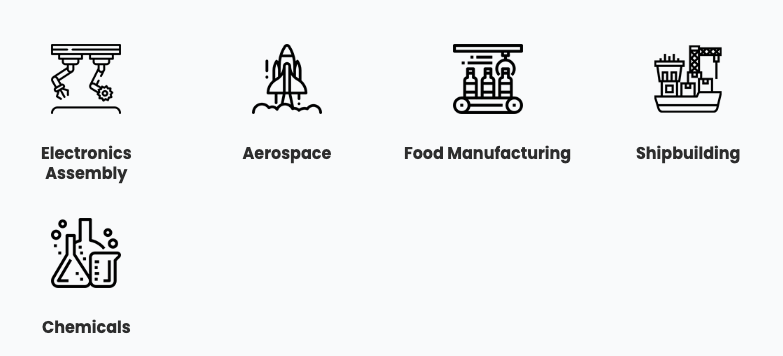Impact of COVID-19





Operator or partner in eight petroleum service contracts covering the largest exploration in the Philippine oil and gas sector

Holds a 45% share and operatorship of Service Contract 38 (SC38) including Malampaya gas field off Northwest Palawan Island

Holds 51% interest in Service Contract (SC) 57 in offshore Palawan Island

Has interests in 5 Service Contracts (SC) which include SC 6 Block B, SC 6 Block A, SC 51 East Visayas, SC 55 West Palawan and SC 69 Camotes Sea.

Holds 100% interest in Service Contract (SC) 44, located onshore Cebu in the Philippines

Operated service contracts in Manila Bay and in Central Visayas and has drilled six on-shore wells in Northern Cebu

Holds 50% operating interest in Service Contract (SC) 75 in the Northwest Palawan

One of the pioneers in the Philippine oil exploration industry. Actively participated in exploration, development and production operations of all the Northwest Palawan oilfields

Provides offshore installation and field joint services for pipeline project

Provides subsurface solutions, integrated well solutions, production solutions and late life asset. Entered the geothermal service market in Philippines in 2017.

Leading integrated technical services provider to the upstream, midstream and downstream sectors in the oil, gas and petrochemical industry

Leader in Marine Construction also stands firm in the various discipline of Engineering Construction, both locally and internationally
Embassy of Malaysia
Trade Office (MATRADE)
Level 4, Canseri Building,
107, Tordesillas Street,
Salcedo Village, Makati City,
Philippines
Name: Ms. Siti Azlina Mohd Ali Hanafiah
Email: manila@matrade.gov.my
Tel: +632 8662 8270
Web: www.matrade.gov.my
For any enquiries, contact our Administrator
Whilst every effort has been made to ensure the accuracy of the information contained in this microsite, Malaysia Petroleum Resources Corporation accepts no responsibility for any errors it may contain, or for any loss, financial or otherwise, sustained by any person using the information. We do not endorse or promote any specific financial institution or facility, nor do we guarantee the accuracy or completeness of the information provided. Please note that the financial facilities, products, and services mentioned on our website may change over time, and we do not guarantee the availability or suitability of any specific facility or service. Should there be inaccuracies, please write to us at i-ogse@mprc.gov.my
Copyright © 2023 MPRC. All Rights Reserved. Term & Conditions